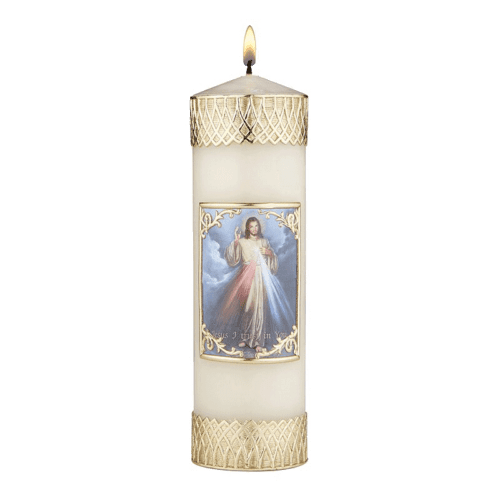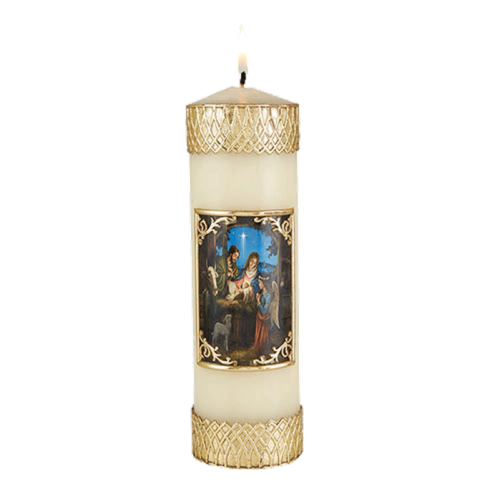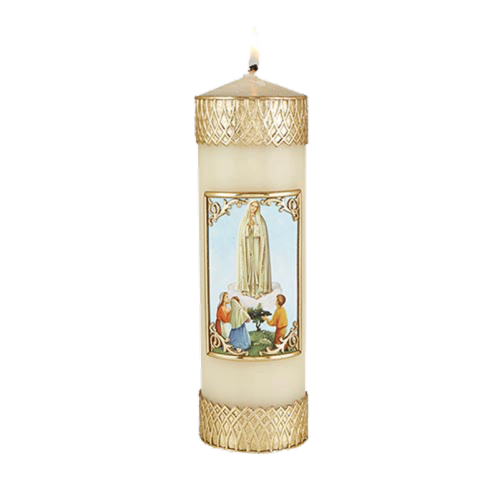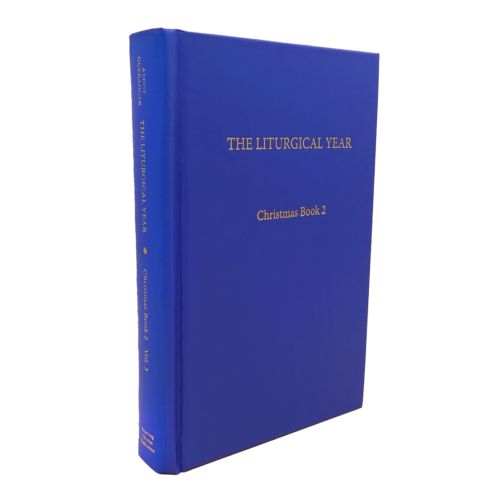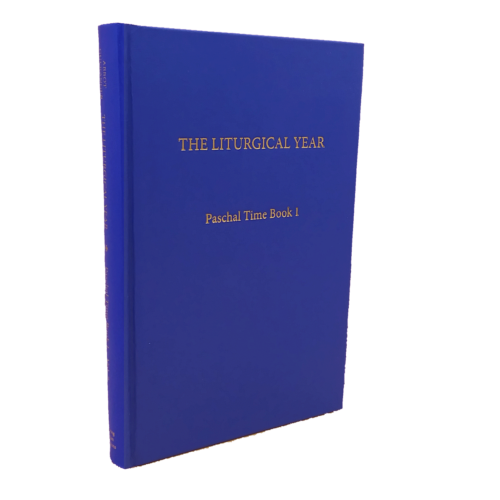The Blessing of Candles at Candlemas
by Dom Prosper Guéranger, founding Abbot of the Congregation of Solesmes, taken from his treatment of February 2: The Purification of the Blessed Virgin in Volume 3 of his Liturgical Year.
The mystery of to-day’s ceremony of the blessing of candles has frequently been explained by liturgists, dating from the 7th century. According to St. Ivo of Chartres, the wax which is formed from the juice of flowers by the bee, (which has always been considered as the emblem of virginity,) signifies the virginal flesh of the Divine Infant, who diminished not, either by his conception or his birth, the spotless purity of his Blessed Mother. The same holy Bishop would have us see, in the flame of our Candle, a symbol of Jesus, who came to enlighten our darkness. St. Anselm Archbishop of Canterbury, speaking on the same mystery, bids us consider three things in the blest Candle: the Wax, the Wick, and the Flame. The Wax, he says, which is the production of the virginal bee, is the Flesh of our Lord; the Wick, which is within, is his Soul; the Flame, which burns on the top, is his Divinity.
Formerly, the Faithful looked upon it as an honor to be permitted to bring their wax tapers to the Church, on this Feast of the Purification, that they might be blessed together with those, which were to he borne in the procession by the Priests and sacred Ministers; and the same custom is still observed in some congregations. It would be well if Pastors were to encourage this practice, retaining it where it exists, or establishing it where it is not known. There has been such a systematic effort made to destroy, or, at least, to impoverish the exterior rites and practices of religion, that we find, throughout the world, thousands of Christians who have been insensibly made strangers to those admirable sentiments of faith, which the Church alone, in her Liturgy, can give to the body of the Faithful. Thus, we shall be telling many what they have never heard before, when we inform them, that the Church blesses the Candles to-day, not only to be carried in the Procession, which forms part of the ceremony, but, also, for the use of the Faithful, inasmuch as they draw, upon such as use them with respect, whether on sea or on land, (as the Church says in the Prayer,) special blessings from heaven. These blest Candles ought, also, to be lit near the bed of the dying Christian, as a symbol of the immortality merited for us by Christ, and of the protection of our Blessed Lady.












